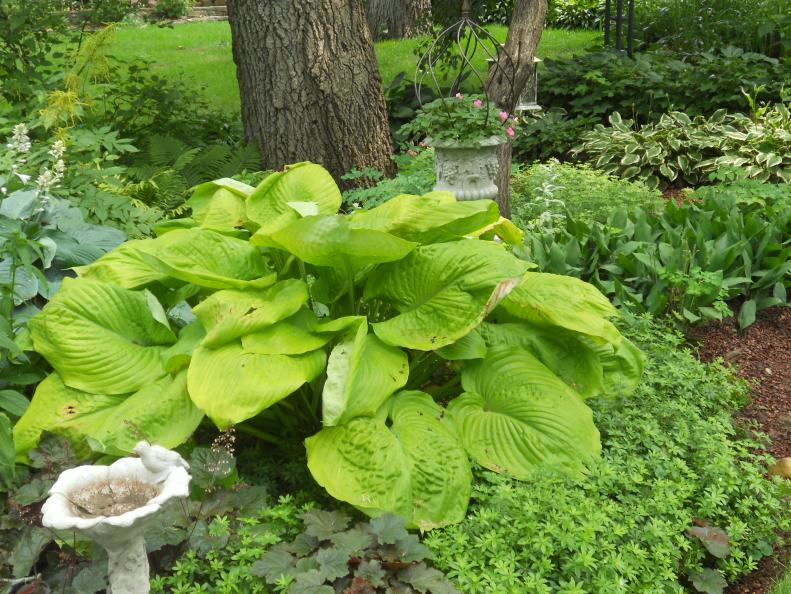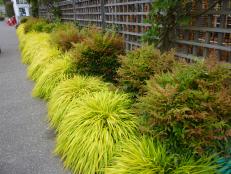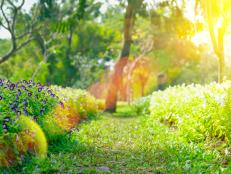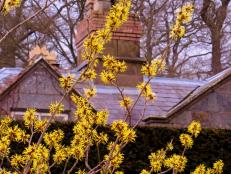1 / 23
Some Made-for-the-Sun Hostas
Did you know you can buy hostas that will grow well in the sun? Despite being called full-sun hostas, though, these plants aren’t like coneflower or daisies that can take eight hours of intense sun. Rather, hostas that withstand sun are referred to as sun-tolerant hostas. That means they can take some sun — definitely a little more than most of their shade-loving hosta cousins — but still need protection from the hot afternoon sun.












